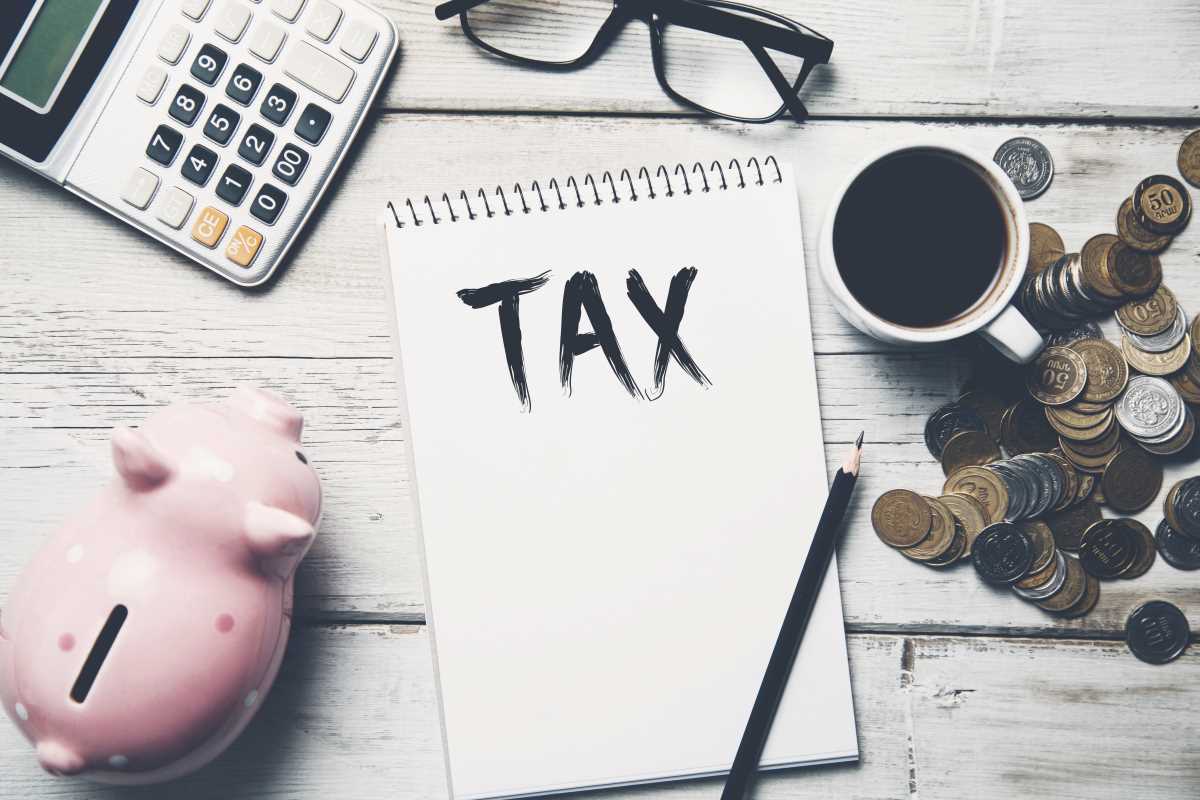
Established by the Internal Revenue Service (IRS) in partnership with tax software providers, the IRS Free File program helps eligible taxpayers prepare and file federal tax returns for free. The program serves as a valuable resource for individuals seeking a wallet-friendly way to file their tax returns. In this article, we’ll explore the key features of the IRS Free File program, and how you may benefit from this service.
Understanding the IRS Free File Program
The IRS Free File program provides two ways for taxpayers to prepare and file their federal income tax online for free:
- If your modified adjusted gross income (MAGI) is under $73,000, you qualify for guided tax preparation. Guided tax preparation provides free online tax preparation and filing at an IRS partner site. Our partners deliver this service at no cost to qualifying taxpayers.
- If your MAGI is over $73,000, you don’t qualify to use Free File, but you can still use IRS’s Free File Fillable Forms to prepare your return. Free File Fillable Forms are electronic federal tax forms, equivalent to a paper 1040 form. You should know how to prepare your own tax return using form instructions and IRS publications if needed.
How to Access the IRS Free File Program
Getting started with Free File is easy. Head to IRS.gov and select “Get started with free file.” Once there, you will be directed to the IRS partner’s website to create a new account. If you are a previous user, log in to an existing account. While using this tool, you may be asked for the following information:
- Personal Information:
- A copy of last year’s tax return to access your Adjusted Gross Income (AGI)
- Valid Social Security numbers for yourself, your spouse, and any dependent, if applicable
- Income and Receipts:
- Social Security benefits income
- Unemployment Compensation
- All receipts pertaining to your small business, if applicable
- Income receipts from rental, real estate, royalties, partnerships, S corporation, trusts
- Other income:
- W-2s, showing your annual wages from all employers
- Form 1099-INT, showing interest paid to you throughout the year
- Form 1099-G, showing any refund, credit or offset of state and local taxes
- Forms 1099-DIV and 1099-R, showing dividends and distributions from retirement and other plans paid to you during the year
- Affordable Care Act (ACA) Filers:
- Form 1095-A, Health Insurance Marketplace Statement. For more information see Affordable Care Act (ACA) Tax Provisions.
- Form 8962, Premium Tax Credit
When self-preparing your taxes and filing electronically, you must sign and validate your electronic tax return. To verify your identity, use last year’s AGI or last year’s self-select signature personal identification number (PIN). To sign your electronic tax return, use a 5-digit self-select PIN. Your PIN can be any five numbers of your choosing (except all zeros) and will serve as your electronic signature.
If you do not know last year’s AGI or have a copy of your prior year tax return, you can find that information by signing into your online account. This is the fastest and easiest way to view your AGI and access your tax records from the prior year.
If you are unable to access your online account, you can get a tax return transcript by mail showing your prior year AGI.
Additional Resources
To learn more about how to file through Free File, visit the IRS Do Your Taxes for Free page. To find more tax-related benefits, including various tax credits and taxpayer assistance programs, visit the Financial Assistance category page on Benefits.gov.

